Fiber internet in your area
Fiber internet is the best internet connection due to its symmetrical download and upload speeds that can reach up to 10 Gbps in some areas.
Related pages
-
Featured
![Fiber vs. cable internet: What’s the difference?]() Fiber vs. cable internet: What’s the difference? Camryn Smith — 3 min read
Fiber vs. cable internet: What’s the difference? Camryn Smith — 3 min read -
Featured
![How much internet speed do I need?]() How much internet speed do I need? Joe Supan — 9 min read
How much internet speed do I need? Joe Supan — 9 min read -
Featured
![Is your fiber internet living up to expectations? Here’s why you need a modem upgrade]() Is your fiber internet living up to expectations? Here’s why you need a modem upgrade Lisa Iscrupe — 4 min read
Is your fiber internet living up to expectations? Here’s why you need a modem upgrade Lisa Iscrupe — 4 min read
Latest
-
Thursday, July 25, 2024
Worried about losing your signal? This is how to keep your satellite dish cleanDavid Anders — 6 min read
-
Tuesday, July 23, 2024
The best free TV and movie streaming services 2024Camryn Smith — 5 min read
-
Tuesday, July 23, 2024
Everything you need to know about internet speedsRobin Layton — 8 min read

Subscribe to our weekly newsletter for internet news and promos
By subscribing, you agree to receive Allconnect newsletter and promotional emails. Your privacy is important to us.








